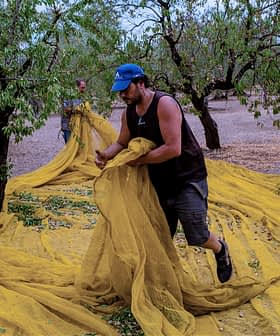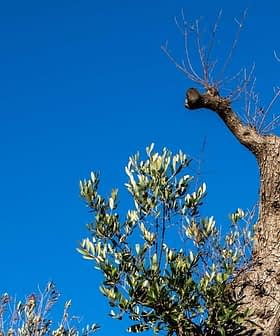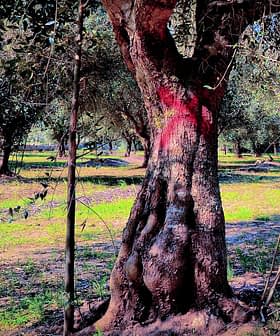The European Commission recently published a question-and-answer factsheet on the bacterium Xylella fastidiosa on its Food Safety website.
The Xylella fastidiosa bacterium has been responsible for the destruction of olive groves in Italy’s Apulia region resulting in the adoption of urgent European Union (EU) measures to try to combat and contain the outbreak and prevent its spread to other member states of the EU.
The introduction to the factsheet points out that Xylella fastidiosa is one of the world’s deadliest plant bacteria which can have an enormous economic impact, and confirms that the outbreak affecting olive groves in Apulia is the only confirmed outbreak in the EU.
It explains that there are four different subspecies of Xylella fastidiosa and that the strain identified in Apulia is a new genetic variant which has so far only attacked olive and plum trees. The bacterium is spread by spittlebugs, cicadas and sharpshooters which feed on the infected plant tissue.
A study by the EU’s Food Safety Authority had warned that the risk of the deadly bacterium spreading to regions in other EU countries was very high. In the face of uncertainty and misinformation about the bacterium and in an effort to educate the general public, the European Commission has released the factsheet which answers six questions:
- What measures have been taken by the Commission to prevent further spread into the Union territory?
- How will the Commission prevent the further introduction of Xylella fastidiosa from non-EU countries?
- Is there any financial support available for farmers affected by Xylella fastidiosa
- Could there be other causes for the decline of olive trees since some scientific papers argue that it is caused by a combination of fungi which weaken the plants before being attacked by Xylella fastidiosa, and specific treatments seem to exist?
- How can Xylella fastidiosa be controlled?
- What can I do as citizen to prevent further spread of Xylella fastidiosa in the EU?
A link to a map provides an overview of the emergency measures taken in Apulia which clearly indicates the infected zone under containment, the 820 square km area where plants are being destroyed, and the buffer and surveillance zones.
A second link is a timeline of the EU actions taken to contain Xylella fastidiosa from 1992 to the present day.
The European Commission is planning a research call on Xylella fastidiosa under its HORIZON 2020 program in order to promote activities to improve knowledge on the bacterium and come up with solutions for its prevention and control.








